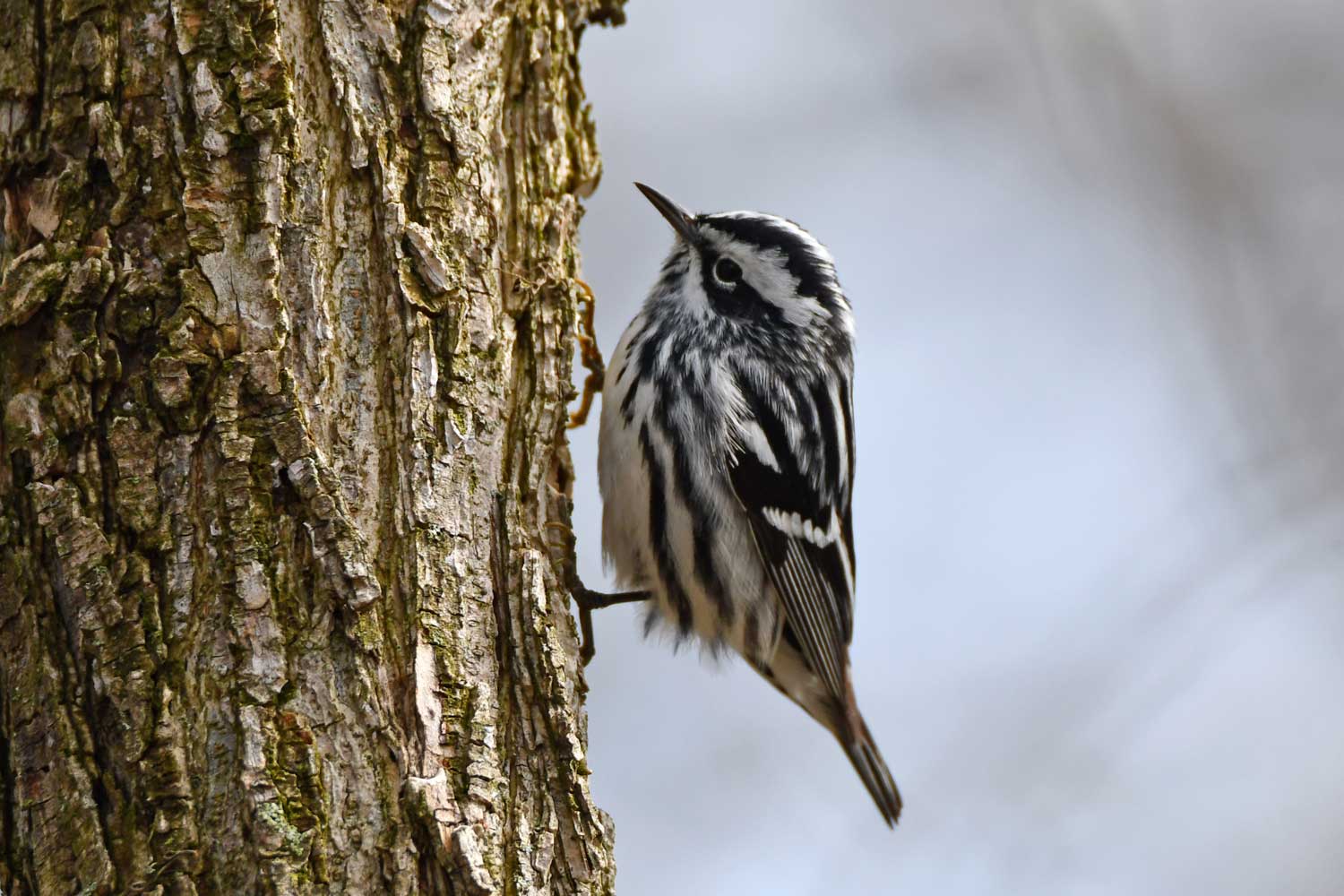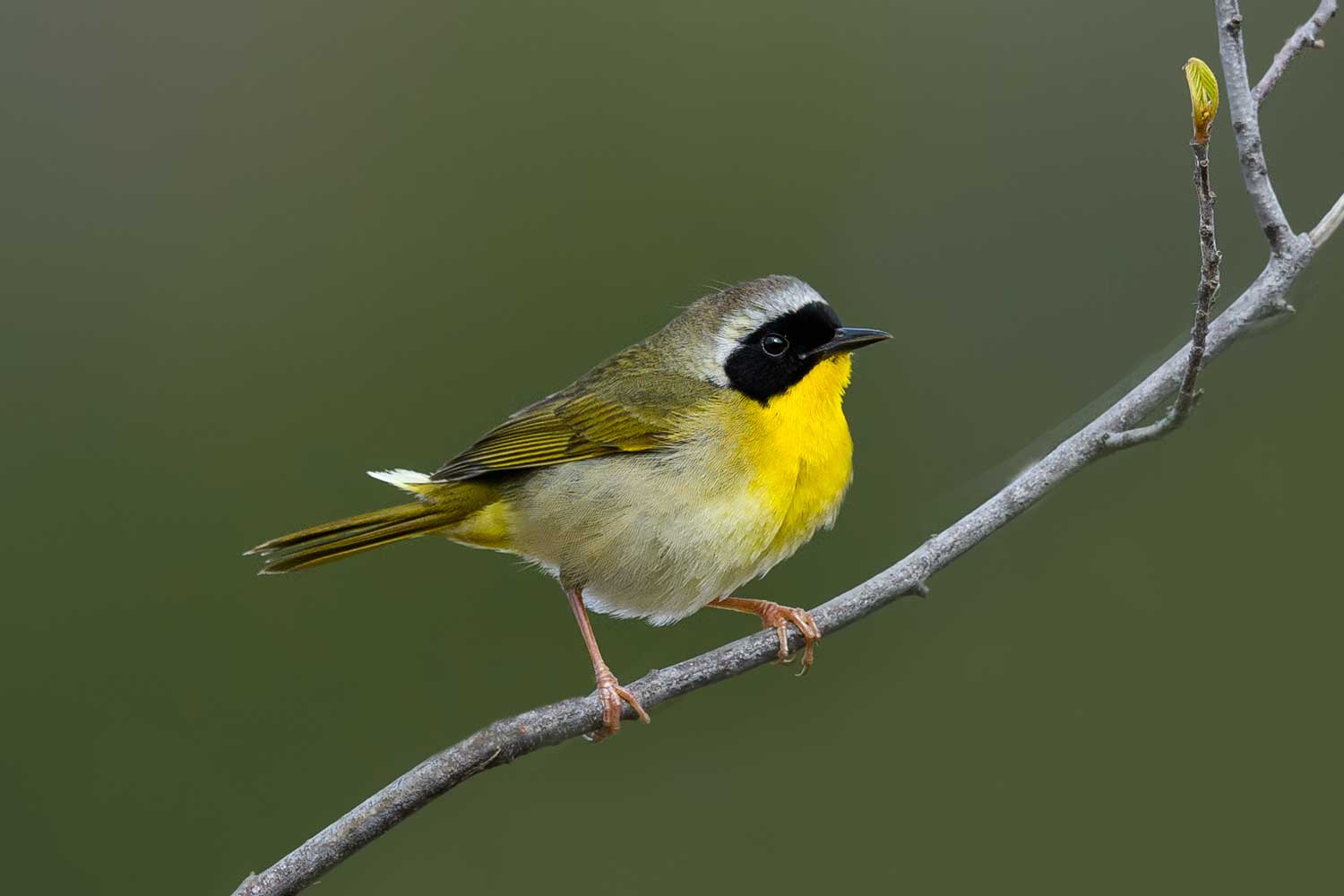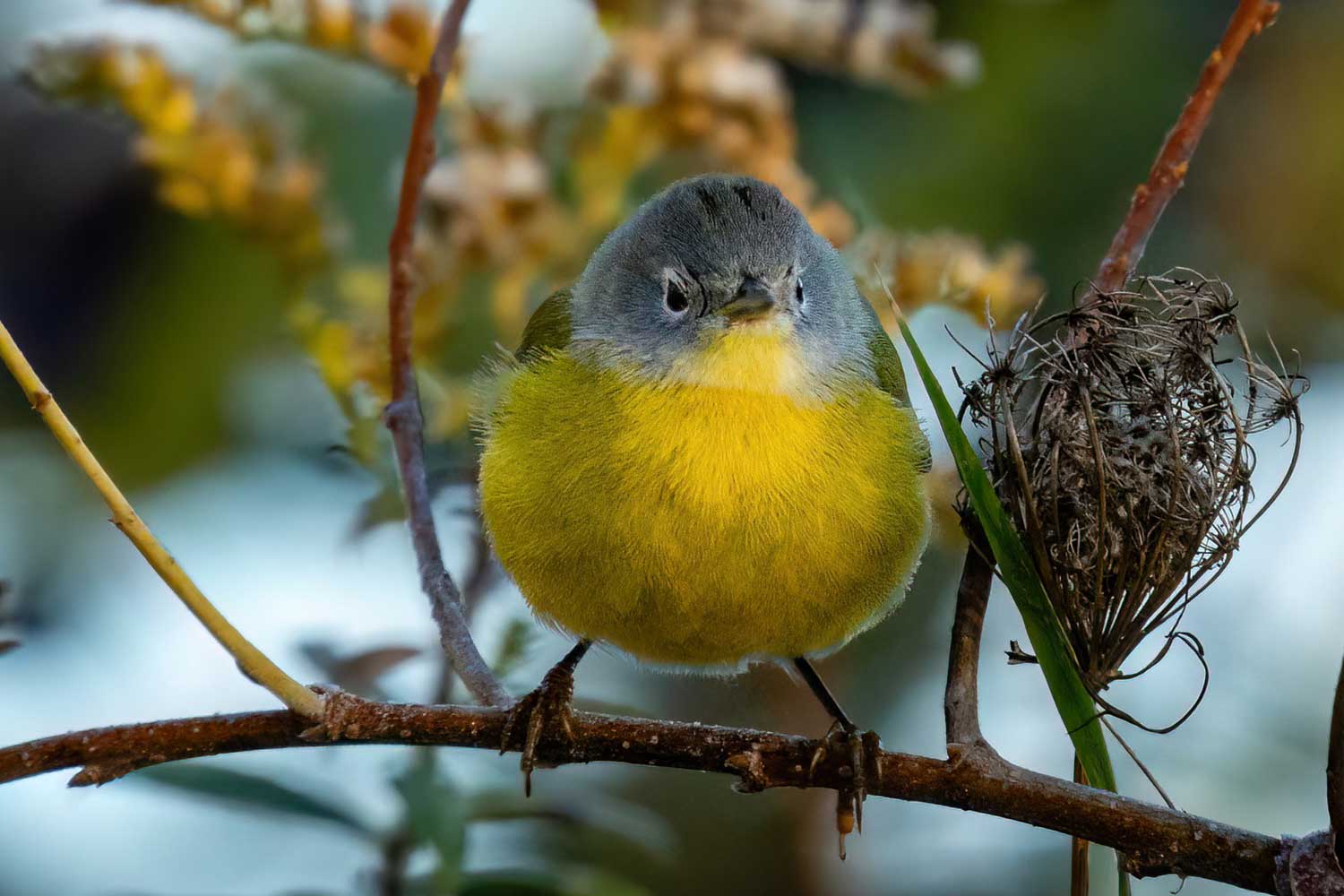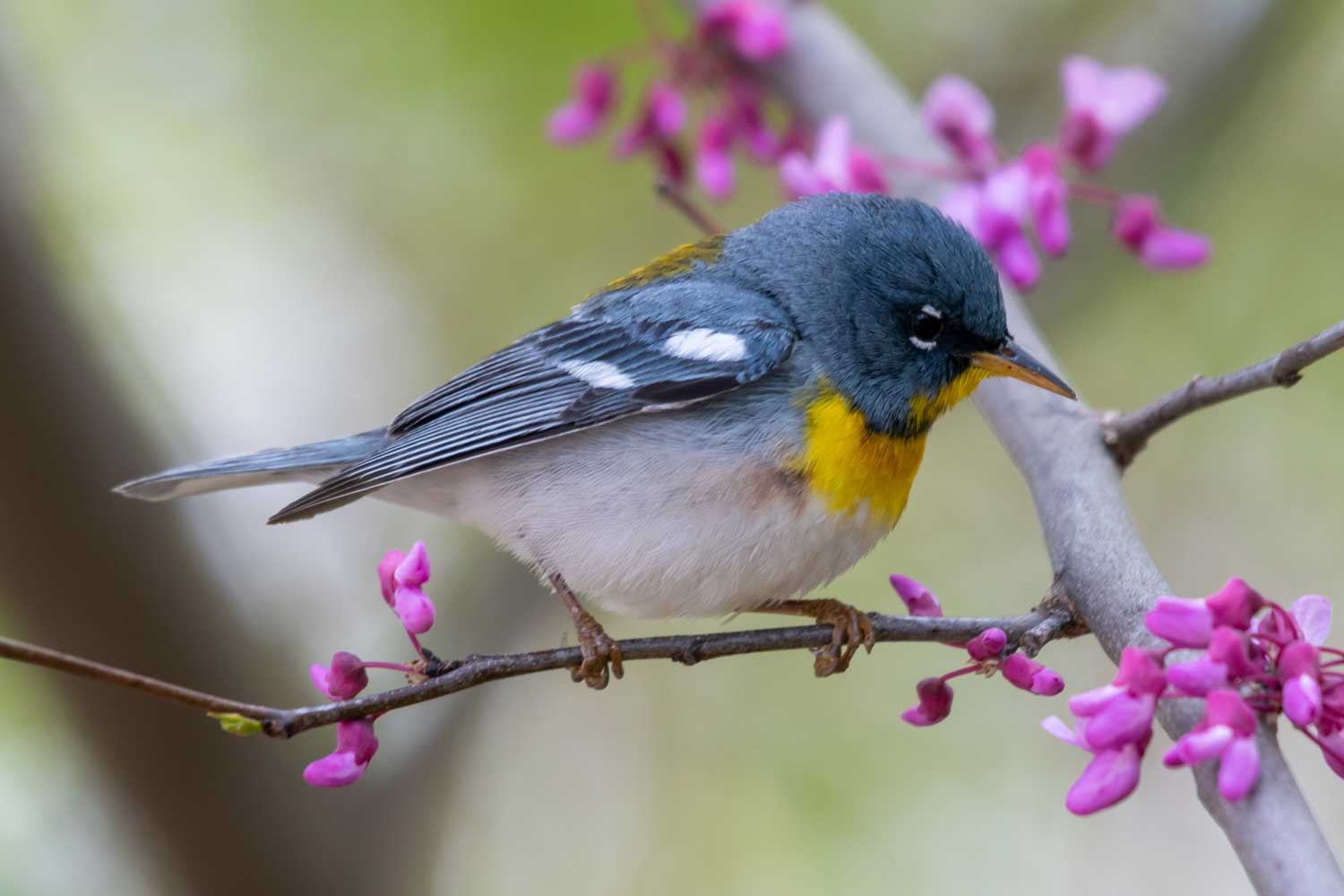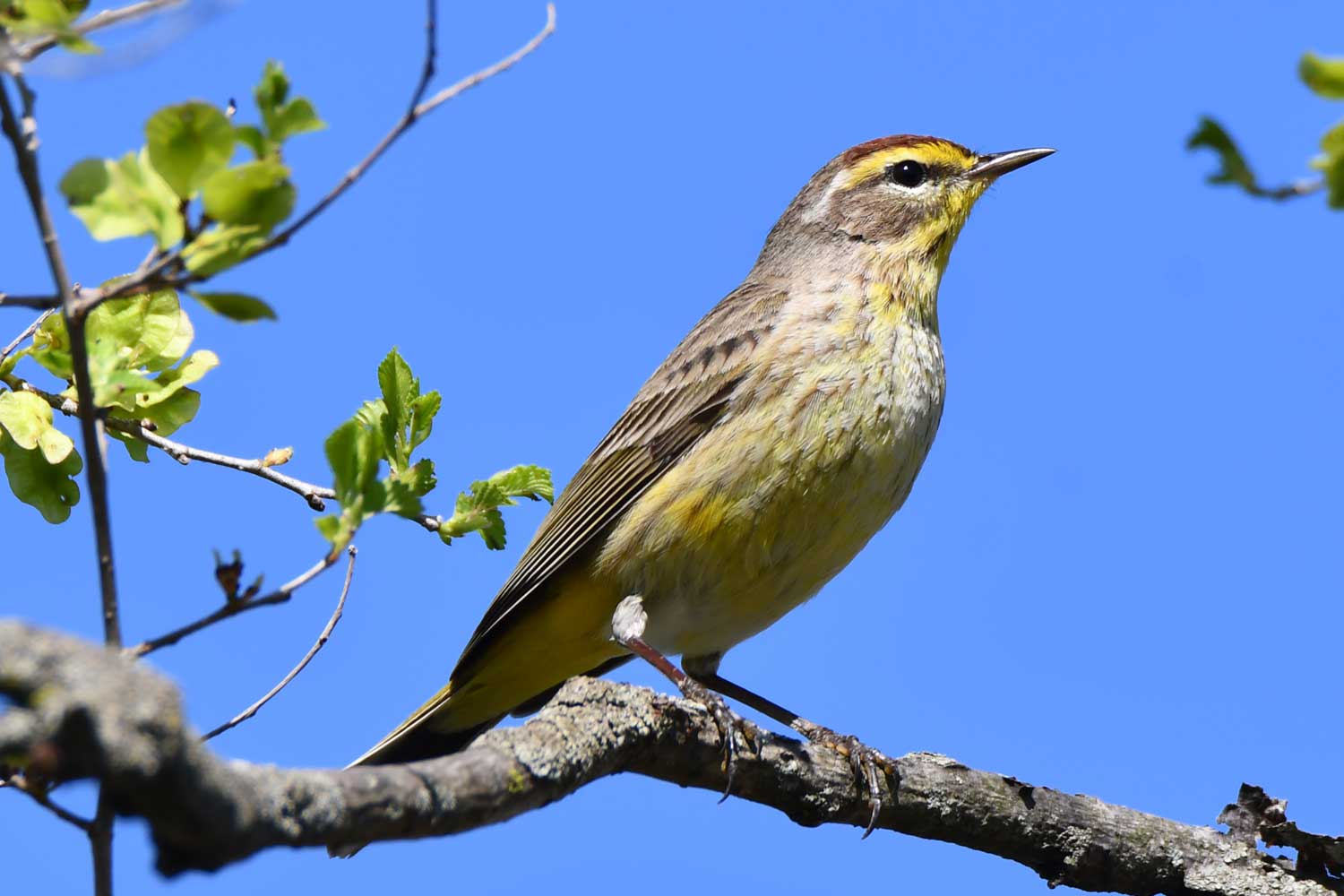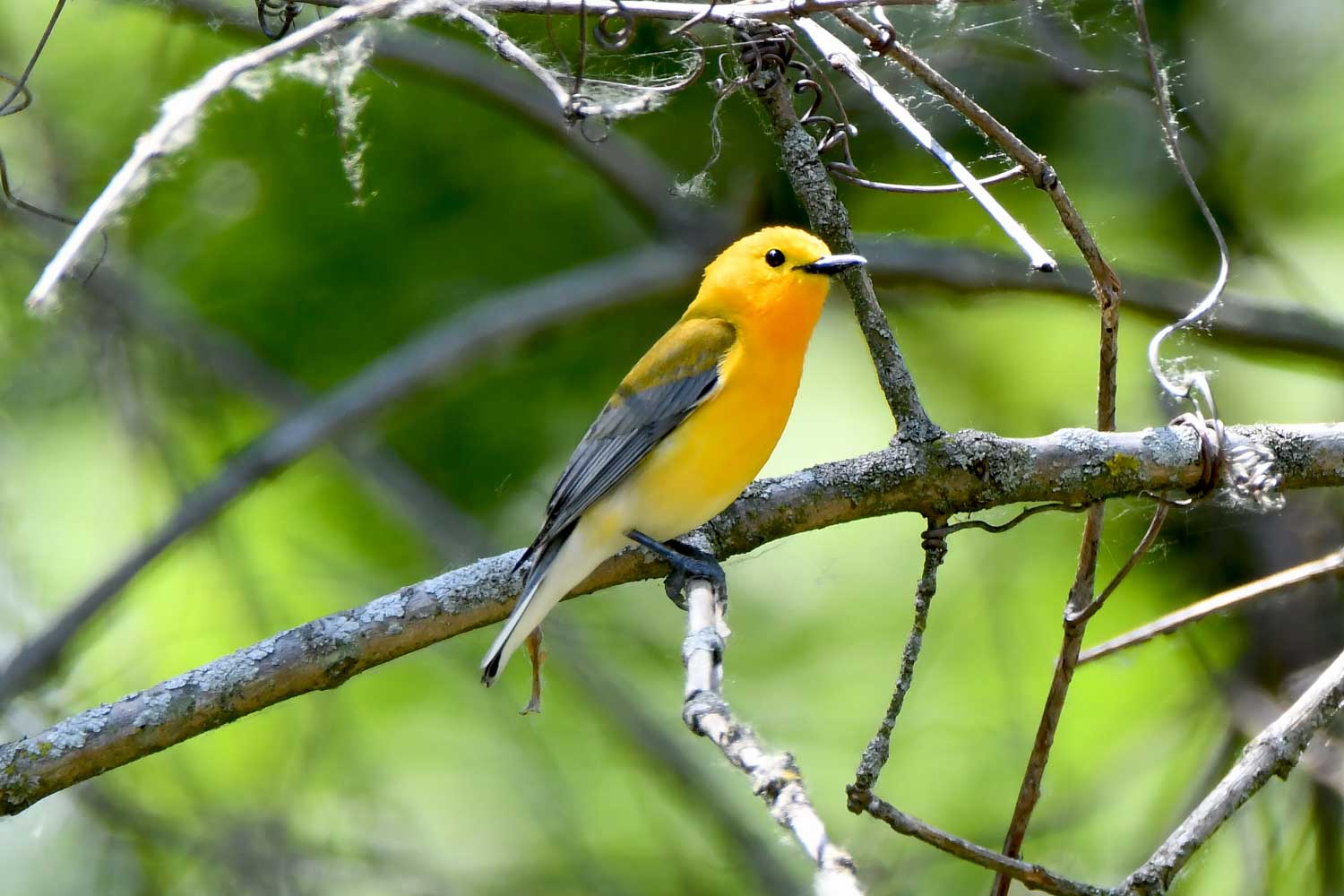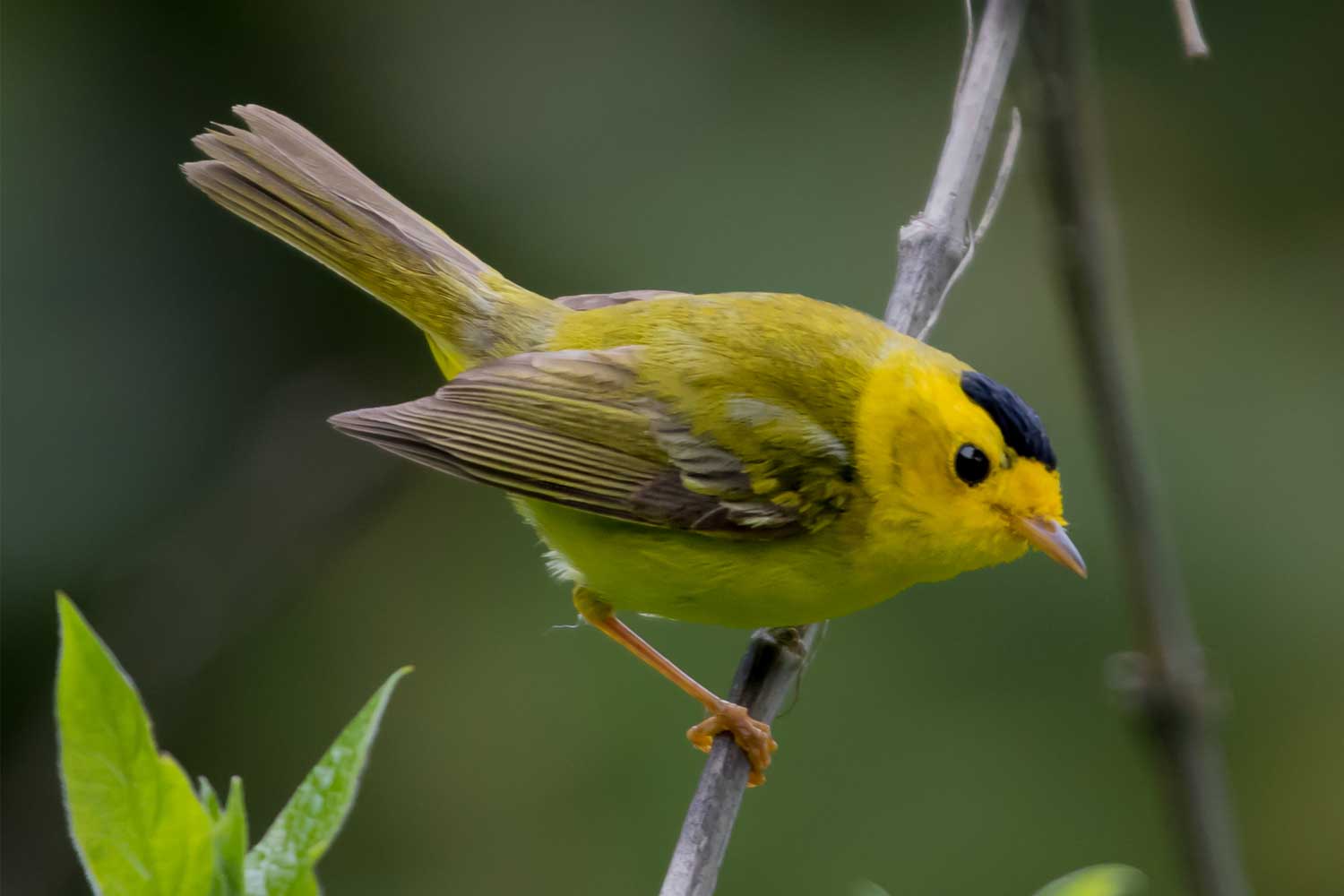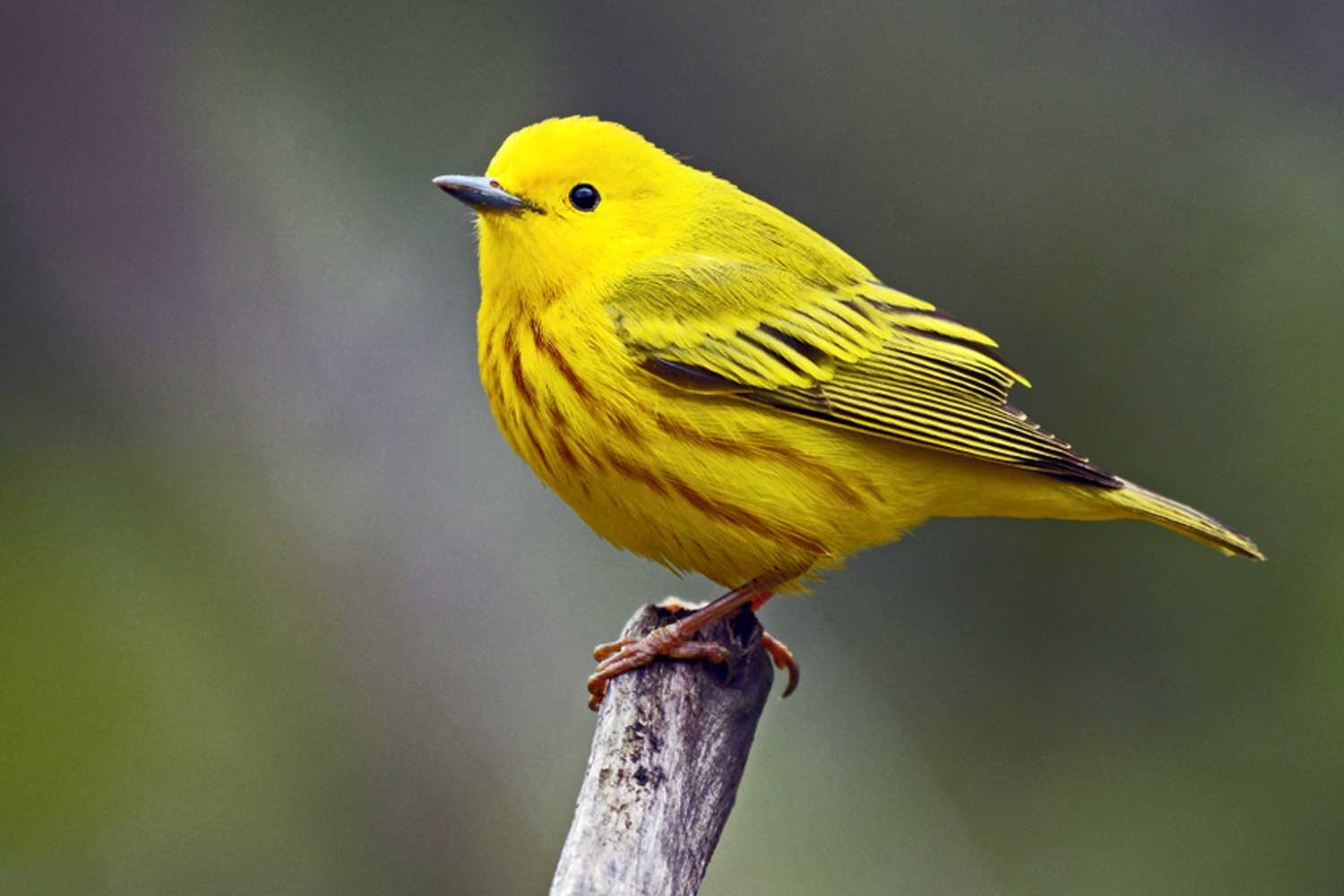Warblers in the woods are one of spring's spectacles
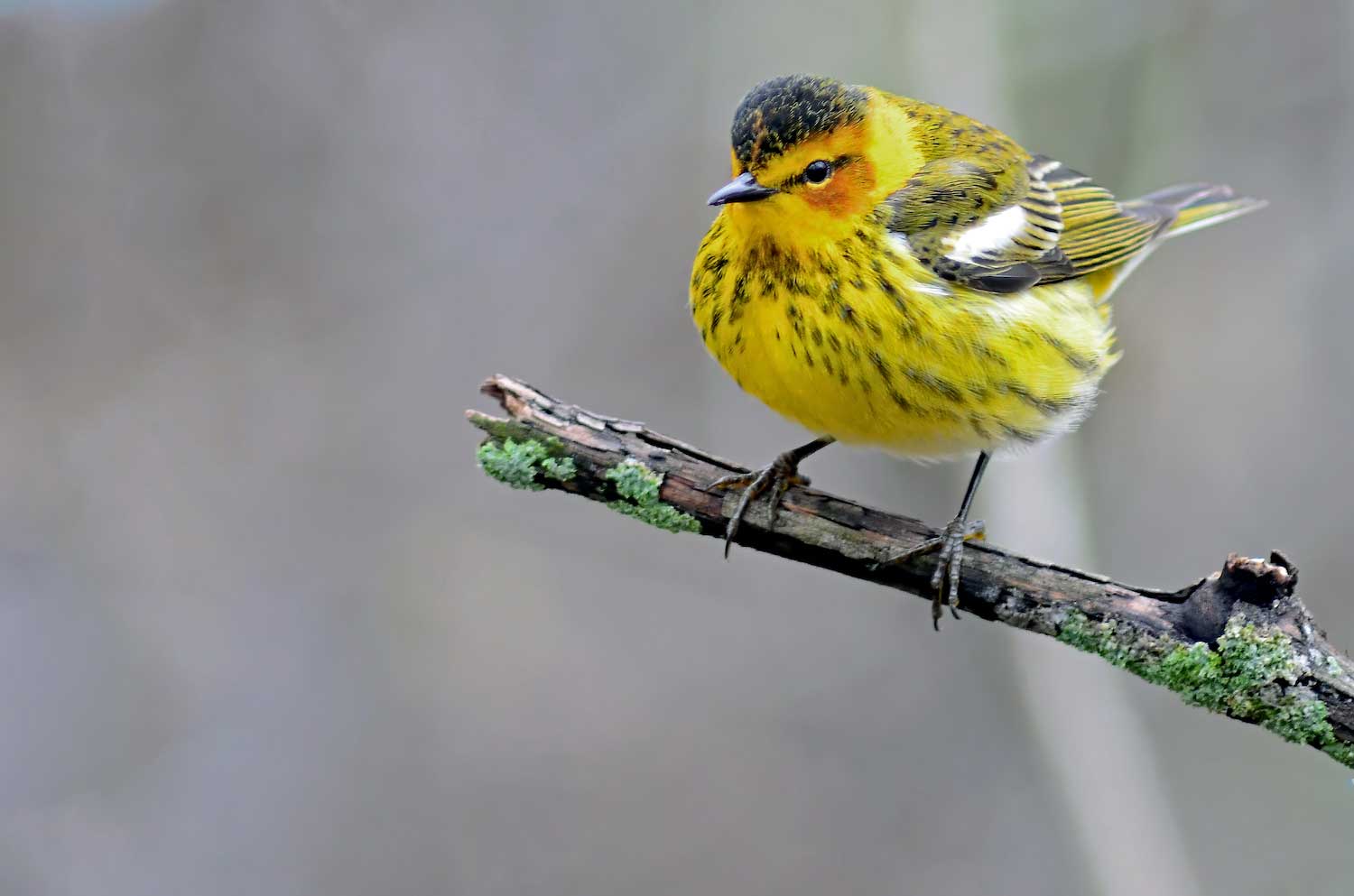
Spring is a busy time for birds — and birders. Hundreds of millions of birds are on the move each spring, migrating from their wintering grounds in the south to their breeding grounds up north. That's a lot to look forward to as spring unfolds.
After the hummingbirds and orioles, among the most anticipated arrivals each spring are the warblers, a diverse group of more than 50 songbirds, according to Schlitz Audubon Nature Center. Most are smaller than sparrows, and many are bright and colorful, with yellow being a common color for warblers.
One of the things that makes the arrival of the warblers so special is that many won't be here for long. Some species — yellow warblers, common yellowthroats and prothonotary warblers among them — nest in Will County and are here for long stretches during spring and summer, but most are only passing residents of our area. These warblers are just making a pit stop here on their migration from South and Central America north to the boreal forest in Canada and Alaska in the spring.
Included in our passerby warblers that travel farther north than Illinois are the palm warbler, the northern parula and the Wilson's warbler. Some, like the Nashville warbler and Connecticut warbler, are named for places, while others, like the yellow-rumped warbler and black-and-white warbler, are named for their appearance.
Warblers are primarily insect eaters, and they must migrate to have access to an adequate supply of insects all year long, according to the Illinois Department of Natural Resources. They fly by night, and the journey can be long and arduous. The blackpoll warbler, for example, flies nonstop over the Atlantic Ocean for a distance as long as 1,800 miles, according to the Schlitz Audubon Nature Center.
Like many other migratory birds, warblers aren't among the birds likely to visit backyard bird feeders, so you'll have to head to more natural outdoor spaces to catch a glimpse of these migrating marvels. Most warblers are forest birds, so wooded areas are a good place to start. Keep in mind, though, that many birds aren't as particular about habitat during migration as long as they can readily find food and shelter, the Cornell Lab of Ornithology reports.
In addition to forests, elevated areas are another good spot for warbler watching, according to the Cornell Lab. Spots at higher elevations can be good congregating locations because they are closer to the altitude at which the birds migrate. Illinois isn't exactly known for high elevations, but even the top of a hill or ravine can be a nice spot for bird-watching during migration season.
If you want to see warblers in the woods, keep the weather in mind as well. Certain weather conditions make for prime bird-watching days. The warblers' journeys are aided by southern winds that help push them north, but days with strong southern winds aren't the best day for warbler watching because they are passing us by, aided by those winds. Instead, watch the forecast for storms, according to Cornell Lab. Storms force birds out of the air, for a little while at least. The day after a storm or another shift in weather patterns can be a good one for bird-watching because the birds are taking a break before resuming their journeys.
You can get the inside track on bird migration and see when activity will be at its peak in your area with BirdCast, which creates three-day migration forecast maps for the United States.
Warblers are known for their sweet melodies, but identifying these birds by their songs can be a challenge, both because their songs can be complex and similar to other warblers and because it can be hard to discern one song from the spring chorus of birds. One tool that can help you learn which bird you are hearing is the Sound ID feature in the Merlin Bird ID app. Simply download the app to your phone and let it listen to the bird songs all around you. It will identify them in real time and highlight the birds as they sing, helping you learn as you go.
